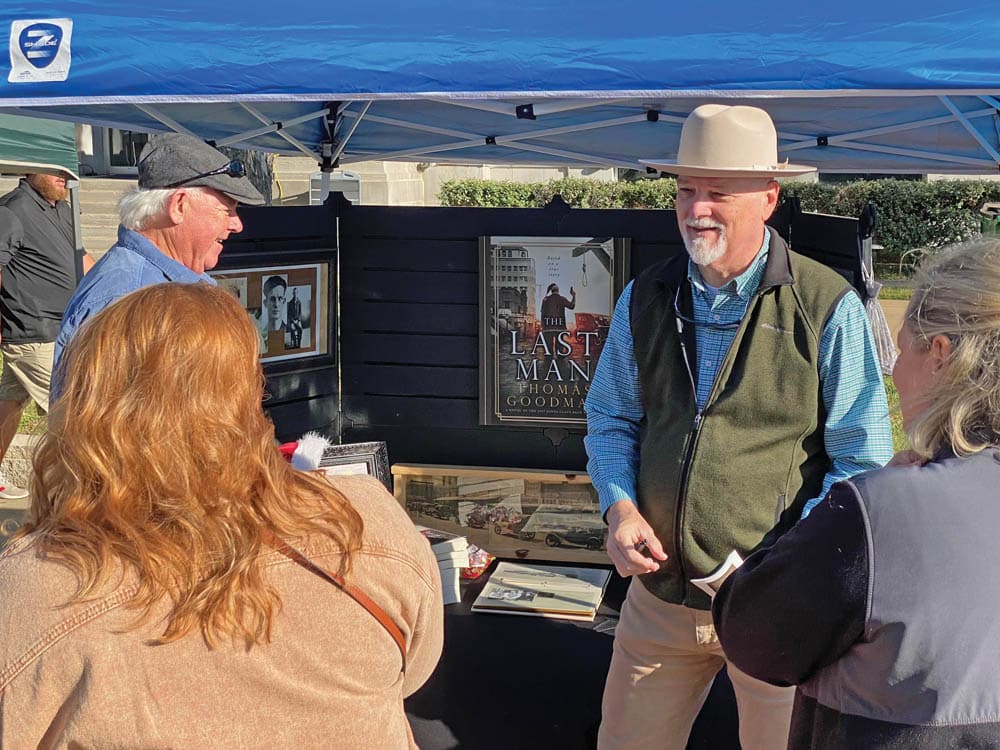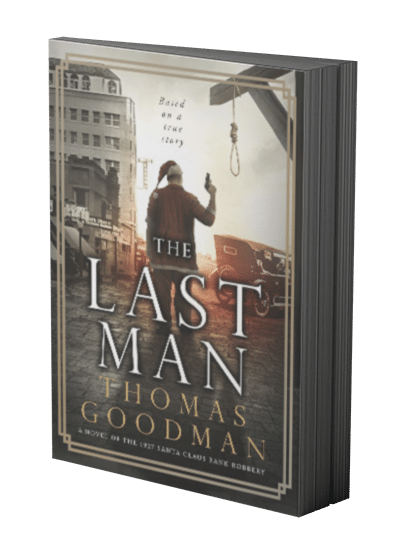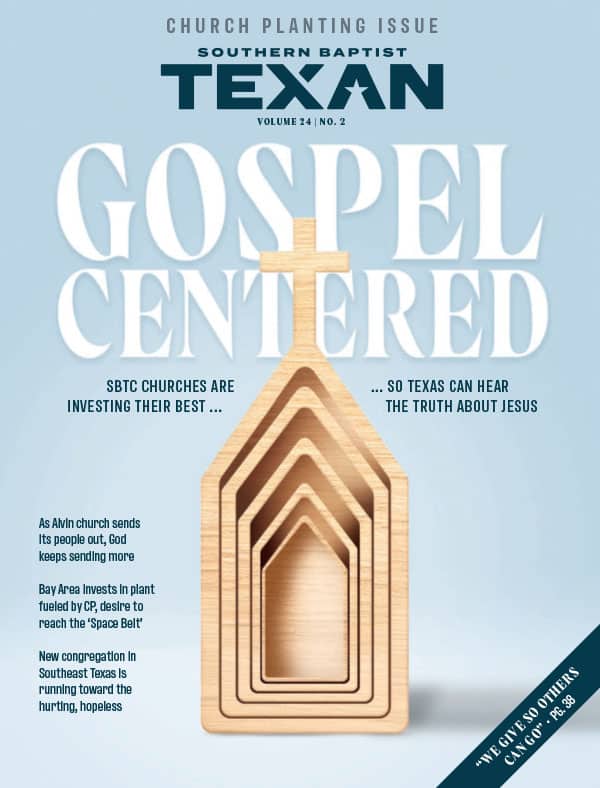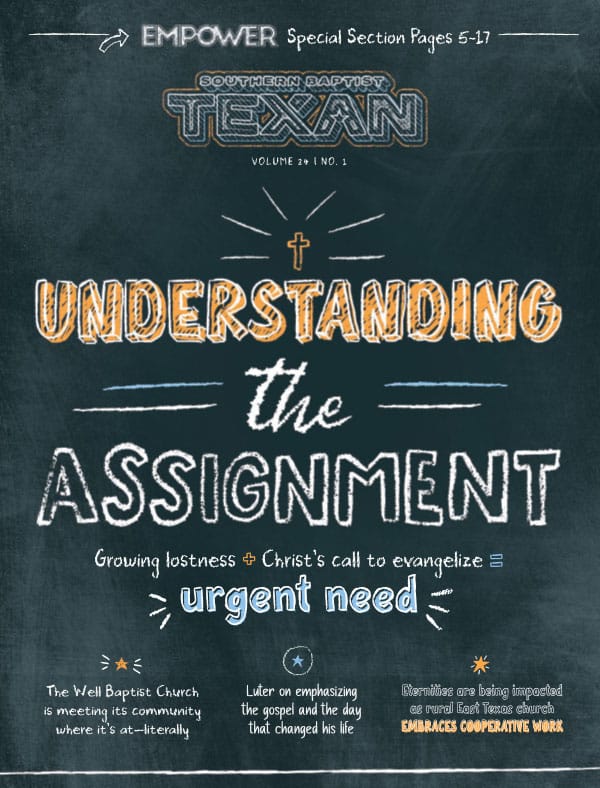Austin pastor’s book chronicles tale of bank robber who later turned to Christ
Many Central Texas natives know the story of the infamous Santa Claus Robbery that took place two days before Christmas 1927 in the Eastland County town of Cisco.
Thomas Goodman, pastor of Hillcrest Church in Austin, was pastoring an Eastland church in the 1990s when he heard the tale of four bandits—one disguised as Santa—who robbed the First National Bank of Cisco, briefly escaping with two young female hostages.
The job was supposed to be “easy in, easy out,” Goodman tells congregations and audiences in a message called “The Parable of a Texas Crime.” The crime, however, became anything but easy. As word spread of the robbery, 1,000 armed citizens surrounded the bank—many hoping to claim the reward offered by the Texas Bankers Association promising $5,000 for a dead bank robber and “not one cent for a live one.” The controversial reward was a response to an epidemic of bank robberies in the 1920s. In today’s dollars, the amount would equal a staggering $85,000.
The manhunt was the largest in Texas history to date and the first to involve air reconnaissance, Goodman noted.
Of the four bandits, one would suffer fatal injuries during the getaway; one would die in the electric chair; one would be lynched by an Eastland mob. And one would serve 15 years of a life sentence and become a Christian whose life was so radically changed he would earn a conditional pardon from Gov. Coke Stevenson and later a full pardon in 1964 from Gov. John Connally.
It’s that last man who inspired the title of Goodman’s recently released novel, The Last Man: A Novel of the 1927 Santa Claus Bank Robbery.

Goodman is far from the first to chronicle the crime. Numerous nonfiction books and articles in Texas Monthly and Texas Highways, among other magazines, tell the tale. But all accounts stop at the violent lynching. Goodman found the rest of the story more compelling: a changed life thanks to the gospel of Jesus Christ.
A prolific writer, the pastor decided to try his hand at fiction, running the idea past his deacons, who supported the venture.
“I get up at 6 a.m. and write till 8:30 when the church office opens and I feel I am on the clock,” Goodman said. “I write on my own time, whatever that means for a pastor.”
Writing the novel has given Goodman opportunities to speak not just in churches, but also at western festivals and for civic organizations, settings that are not explicitly religious. “It’s not a 300-page sermon, but it is overtly Christian,” he said of the book. “The story itself is fascinating, with a redemptive element. By the time the last man dies in his 90s, he has been a God-fearing, church-going man for 50 years.”
The pastor likens the story to Jesus’ parable of the sower and the seeds, noting parallels between the parable’s “four patches of ground” and the crime’s “four men.” Though the seed and the sower were the same, only one patch of ground yielded fruit. Similarly, although all the robbers had opportunities to respond to the gospel, only one did.
And that is a Christmas story worth telling.















